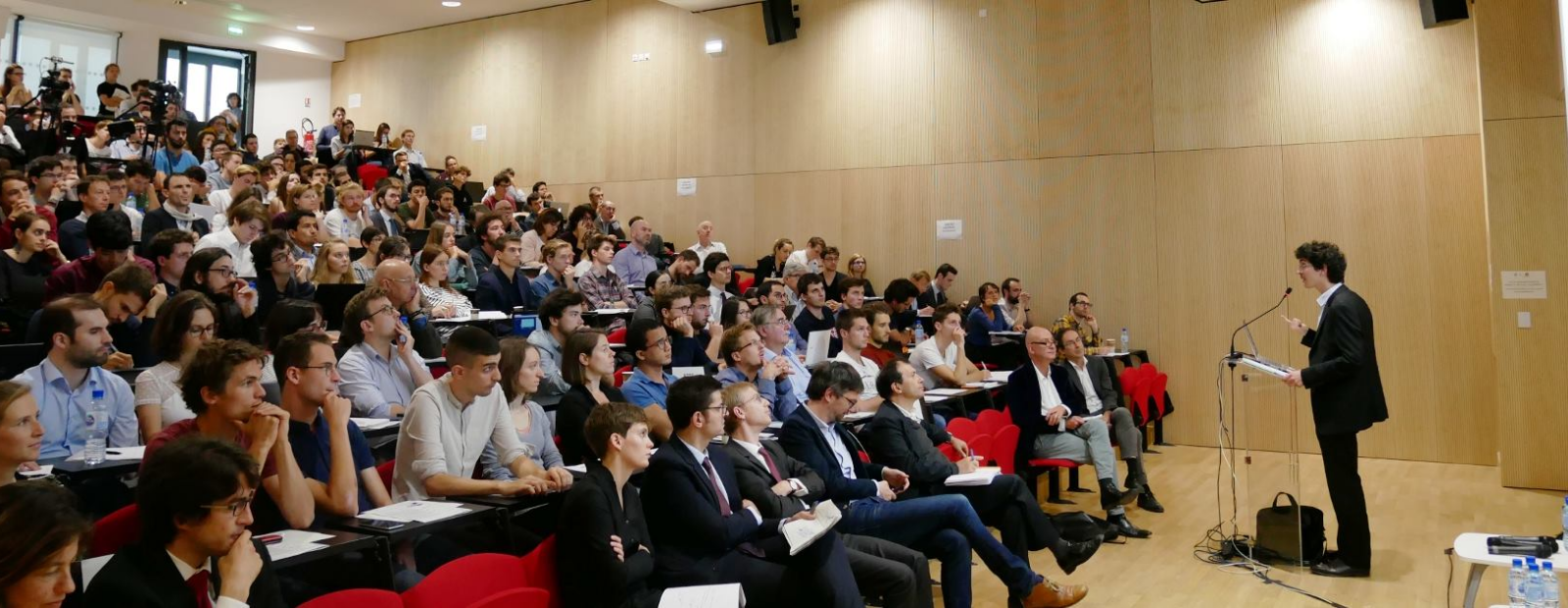Publié en

Mouez Fodha
Professeur à PSE et porteur de la Chaire Réussir la transition énergétique
- Professeur
- Université Paris 1 Panthéon Sorbonne
Groupes de recherche
- Chercheur associé à la Chaire Réussir la transition énergétique.
THÈMES DE RECHERCHE
- Croissance et développement durable
- Economie du changement climatique
- Transition énergétique
Contact
Adresse :48 Boulevard Jourdan,
75014 Paris, France
Campus :
Campus Jourdan
Étage : 4
Bureau : 12
Publications HAL
-
Pollution, public debt, and growth: the question of sustainability Article dans une revueAuteur : Thomas Seegmuller Revue : Macroeconomic Dynamics
-
Matter matters: Efficient recycling policies under tight markets for scrap Communication dans un congrèsAuteur : Francesco Ricci, Miao Dai
Publié en
-
Matter matters: Efficient recycling policies under tight markets for scrap Communication dans un congrèsAuteur : Francesco Ricci, Miao Dai
Publié en
-
Matter matters: Efficient recycling policies under tight markets for scrap Communication dans un congrèsAuteur : Francesco Ricci, Miao Dai
Publié en
-
Environment, public debt and epidemics Article dans une revueAuteur : Marion Davin, Thomas Seegmuller Revue : Journal of Public Economic Theory
Publié en
